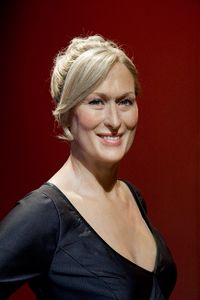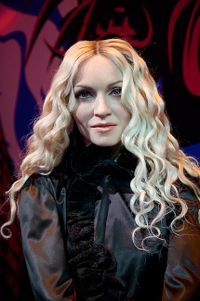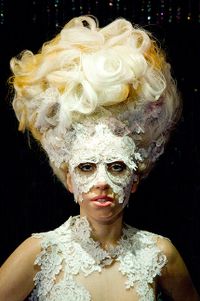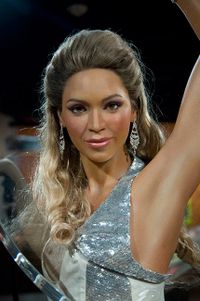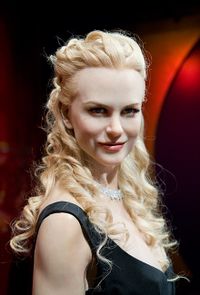Anne Zahalka is an Australian-born artist whose photo-based practice is best known for its reconstruction of recognisable images to address issues relevant to cultural diversity, gender, and difference in Australian society. The artist was born in Sydney in 1957 to a Jewish-Austrian mother and Catholic-Czech father. Her parents arrived in a post-war Australia where immigration rates were being increased and Australia's identity as a nation-state was actively being questioned, shaped, and re-defined. Today, Australia is a multicultural country; however, its legislature hasn't always reflected this. The country has, over the last 60 years, participated in hostile immigration laws, predominantly maintained a mono-cultural Australian identity in mainstream media, and upheld draconian policies in relation to its treatment of the land's First Nations people. This early context founded Zahalka's interest in identity at a personal level, due to her position as a first-generation Australian, as well as at a collective level, due to the shifting role of identity in Australia.
Read MoreZahalka studied art first at Sydney Technical College (graduating in 1976), then Sydney College of the Arts, where she completed her Bachelor of Visual Arts in 1979 and a post-graduate diploma in 1989. She then returned to school to undertake her Master of Fine Arts at the College of Fine Arts at the University of New South Wales, graduating in 1994. Over this time as a student and as a practicing artist, Zahalka learnt about many facets of art history and about the changing scope of photography. At the time, the medium was facing a shift from analogue practices to digital, and the possibilities and potentialities for digital editing and after-effects were in development. The artist is interested in the capacity for photography to speak to the various layers of identity, seeing the medium as centred around loss: 'lost moments, lost people, lost things. My work rewrites the narratives and histories of our past to include those not depicted within the national picture.'
In photography and portraiture, Zahalka examines the tensions at play between nation-state ideologies and personal identity. Through the lenses of race, gender, and class, the artist addresses the absence of a realistic national picture through a play on art-historical motifs and signifiers. Skilled in appropriation, re-staging, and re-framing, the artist is interested in subverting art-historical tropes within the scope of portraiture and photography, weaving contemporary humour and criticality to re-imagine these tropes with new subjects relevant to Australia's multicultural context. In the artist's famous series 'Bondi: playground of the Pacific' (1989), for example, she questions the dominant portrayal of Australians on the beach. Works in the series nod to Australian modernist photographer Max Dupain, who is famous for Sunbaker (1937)—his photograph of a buff, bronzed man lying on the sand at the beach. They also reference painter Charles Meere's Australian beach pattern (1940), in which a crowd of idealised white Australians participate in a range of leisure activities on the beach. In 'Bondi: playground of the Pacific' Zahalka sees to it that many Australian identities are represented. Through this, the artist challenges the dominant expectations of who is to be found on an Australian beach, and attempts to create a representation of contemporary Australia that is more reflective of its actual citizens.
Zahalka has been the recipient of numerous awards and commissions, winning the Macarthur Cook Art Prize (2008), the National Photographic Portrait Prize (2007), and the Leopold Godowsky, Jr Color Photography Awards (2005). More recently she was a finalist in the 2017 Olive Cotton Award for photographic portraiture and was awarded the Director's Choice prize, an acquisitive prize. The artist's work has been exhibited at major Australian institutions such as the National Portrait Gallery, Canberra; Centre for Contemporary Photography, Melbourne; Museum of Sydney; Monash Gallery of Art, Melbourne; Institute of Modern Art, Brisbane; 4A Centre for Contemporary Asian Art, Sydney; Contemporary Art Centre of South Australia, Adelaide; and internationally at Künstlerhaus Bethanien, Berlin; Camerawork Gallery, London; and others. The artist has produced a number of commissions, and her work in found in national and international collections.
Tess Maunder | Ocula | 2019
